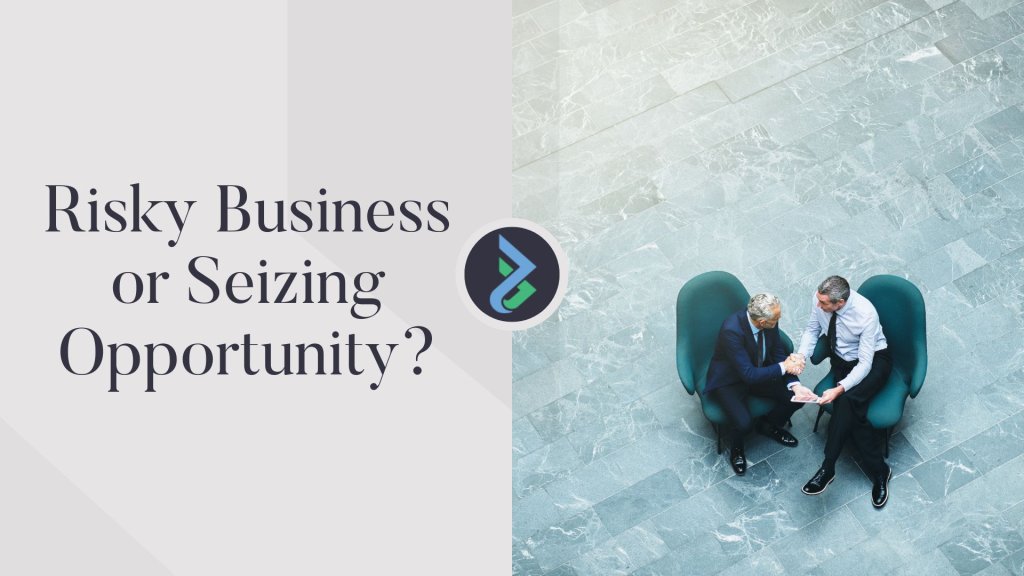
Thought Leadership Articles
Are AI bots the board members of the future?
Exploring AI’s impact on the board room
Thought Leadership Articles
Published 29 June 2023

The conclusion of this year’s Megatrends Summit saw the discussion of several trends, with one theme taking a central role – Risk.
As the business landscape we all operate in becomes more unpredictable and volatile with each passing day, from technological capabilities such as AI, to predictions of a looming recession, organisations are concerned with the level of inherent risk in their processes and ventures.
Conversely, these changing and uncharted conditions represent for many a space for grasping opportunity, leveraging uncertainty and having the permission to ‘do things differently’.
To go global or remain local?
Working within a digital space means you are working globally already, whether it be as part of a multinational company or a small family-owned entity, we are all connected in today’s age.
However, operating in a digital space does not mean that organisations are automatically globally capable. There is now a growing need for professionals and organizations to be better equipped to succeed in a global economy, as operating in such an economy will weather the risk of the volatile environment that we find ourselves in.
Naturally, expanding operations overseas carries its own inherent risk, which is intensified by the environment at play. However, there exists the risk of complacency and the consequential opportunity costs that come with it.
Operating globally could simply mean expanding your operations abroad, breaking in to a new and untapped market, or it can mean shifting your supply chain overseas. For SMEs, this can mean using your new supply chain to support your operations on the home front or as Certified Chair Rebecca Ramsay puts it, “Using distribution globally to support operations locally.”
To succeed in these ventures, it is important for organisations to be aware of their own risk tolerance, and for advisors to help them realise it. Advisory board professionals have a role to play in tempering the over ambitious but encouraging the under zealous, all while factoring in the capabilities of these organizations and the sectors they operate within.
The question of sustainability
In today’s landscape sustainability has shifted from Why, to When?
The discussion around this has always included the risk and cost involved. Is it merely that, a trend, or will it have a permanence in the way we do business? The consensus of the summit – sustainability is now a baseline for organizations and How we do business.
More importantly, going global with operations means doing so sustainably. Whether that is supply chain, distribution or expansion, stakeholders are holding a spotlight on to the operations of companies to test claims of sustainability, question and validate them.
While the topic has evolved from a trend to a mode of operational and organisational structure, there exist numerous risk factors that hinder its adoption. The troublesome energy and resources triumvirate of security, reliability, and cost. Regardless of the environment we find ourselves in, these three factors have always existed as a point of risk and tension for organisations, which has seen the fulfillment of sustainability metrics merely as a veneer for organisations. No longer the status quo, stakeholders are demanding transparency into operations, governance, and leadership.
One of the considerations for advisors involves the embedding of sustainability into the very frameworks of governance for the organisations they serve, not merely their operations. This means making sustainability a habitual consideration and priority in anything an organisation undertakes, emphasising sustainability as a long-term benefit, worthy of the short-term risks it could possibly carry.
Risk of the advisor
As we step in to this new and volatile environment, the need for advisors cannot be understated. However, it is important that advisors, chairs, and boards alike are reminded that the risk of the environment impacts all.
To operate successfully as an advisor in today’s age, professionals need to be embodying the education they impart. Much like an organisation and its own risk tolerance, advisors need to be considering their own level of operational ambiguity. Doing business in this risk filled environment means tackling the unknown and unforeseen; advisors should evaluate their own tolerance of ambiguity and seek to educate themselves before they do so to others.
At the forefront of advisory board priorities is to never neglect the important voices and interest of vested stakeholders. With trends determined by said stakeholders, an inherent risk is carried if their interest is not equitably taken into account, as we see with the take-up of sustainability measures and consideration of offshore operations not always positively accepted by stakeholder communities.
Where to from here?
Moving forward, advisors and firms alike must facilitate an open dialogue between one another that establishes expectations, considers and upholds stakeholder interests, and aligns operations that fulfil those vested interests. For the firm, this means evaluating its own risk tolerance regarding future and current ventures. For advisors this includes identifying knowledge gaps, ambiguity tolerance and key considerations, ensuring these are communicated to the board, as is best practice.
